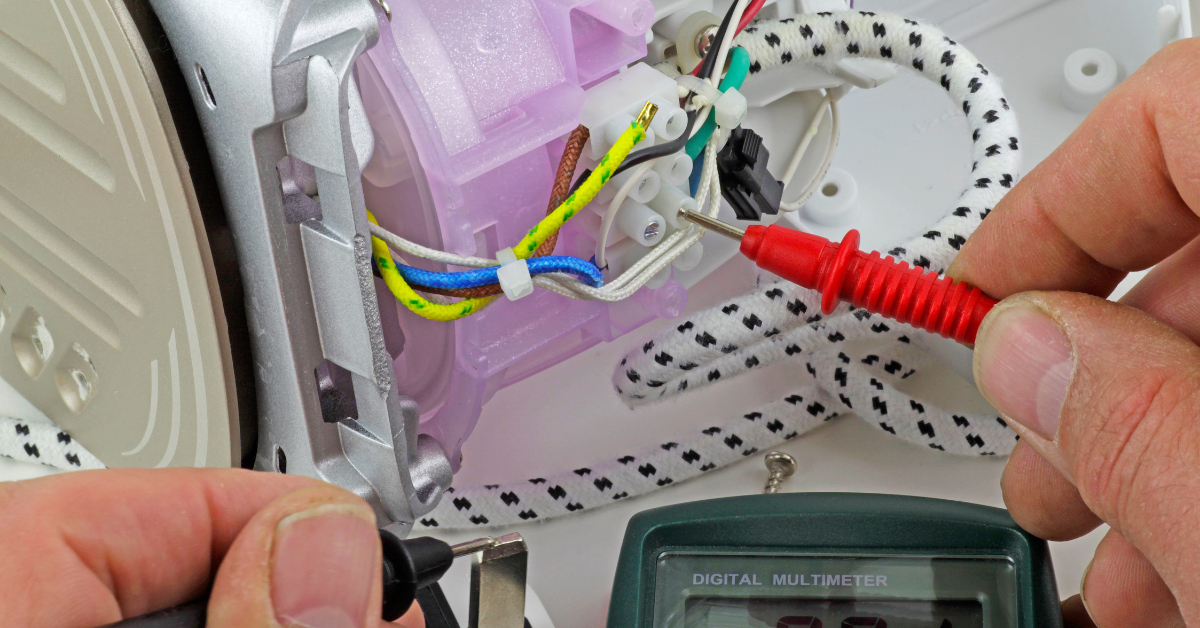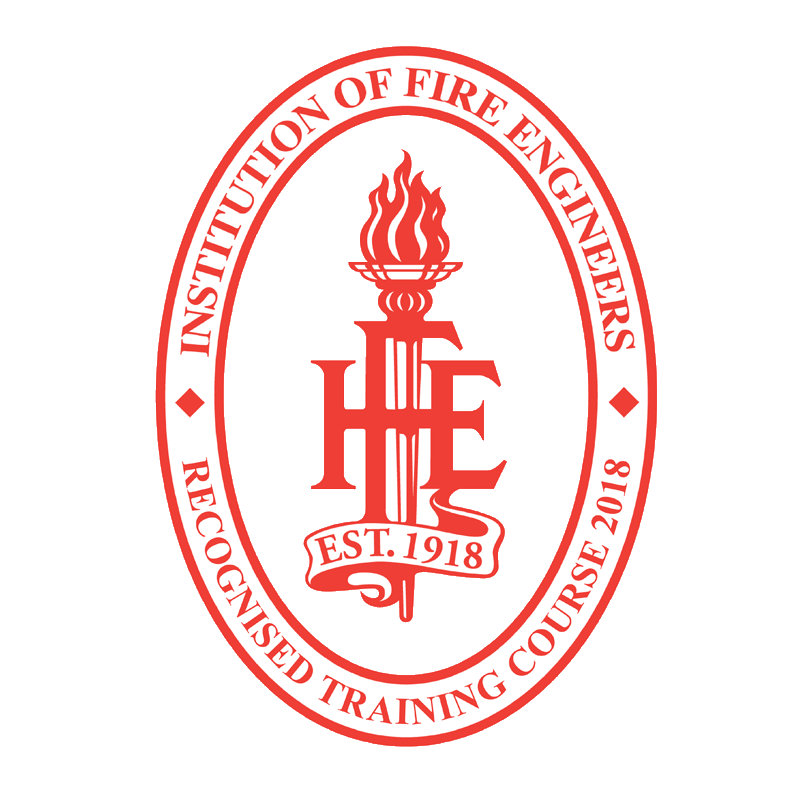
PAT Certificate – Changes to the Code Of Practice You Need to Know!
Following the introduction of the Electricity at Work Regulations (EAWR) in 1989 and the subsequent first version of the IET code of practice, the practise of inspecting electrical equipment in the workplace for safety is now well-established.
The word “portable appliance testing,” or “PAT,” has always been used to refer to testing portable electrical appliances and equipment. However, the Code of Practice (COP) no longer makes mention to a “PAT Certificate” because inspection and testing of all equipment, portable or otherwise, is the main focus.
New Section:
Section 3 of the 5th Edition outlines the legal requirements and responsibilities for the upkeep of fixed electrical installations in the private rented sector. Private landlords are encouraged to familiarise themselves with the legislation’s requirements and effects on electrical equipment in the rented sector.
Expanded Scope:
The 5th Edition emphasises the need to include all electrical equipment in the workplace not covered by another electrical safety management procedure, such as the wiring regulations BS7671. Examples of equipment covered and not covered by the COP are provided in Section 4.
Equipment Mobility Classifications:
Equipment mobility classifications have been removed from the COP, except where the equipment is subject to another inspection and testing regime. This change aims to provide duty holders with the required guidance.

User Checks:
The 5th Edition encourages more widespread use of electrical devices “User Checks” rather than PAT Certificate. Duty holders should encourage user checks in the workplace with the aid of a poster.
Initial Frequency of Equipment Inspection:
The initial frequency of equipment inspection and testing is replaced with guidance on risk assessments. The aim is to make the intervals between inspections more pertinent to the environment in which the equipment is being used.
New Technical Classifications:
Changes in international and European electrical product safety standards have resulted in new technical classifications replacing SELV, PELV, ELV, and LV (ES, ES2, ES3). These “Energy Source” classifications are mirrored throughout the COP, with justifications provided in Appendix 3.
Protective Conductor Continuity Test:
The protective conductor continuity test is another area of technological modification. These tests, formerly known as hard and soft current tests, are now known as high current and low current tests.

New Additions:
- The Class II FE Equipment, formerly known as IT equipment.
- New specifications for 13A plugs and related flexes, as well as instructions for maintaining equipment installed in computer racks and other similar uses.
- A manual on fundamental electrical theory to help those learning how to examine and evaluate electrical equipment.
Contact Us:
At Ardent Safety, we offer Electrical Equipment Testing along with many other health and safety consultancy for your workplace. Please get in touch for more details or call 01229 808320.











